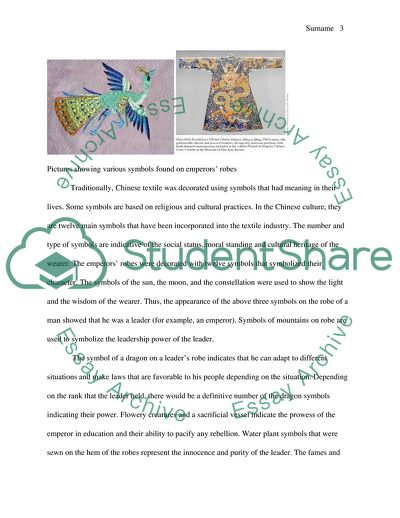Cite this document
(Chinese Textile Description Research Paper Example | Topics and Well Written Essays - 1250 words, n.d.)
Chinese Textile Description Research Paper Example | Topics and Well Written Essays - 1250 words. https://studentshare.org/culture/1816462-chinese-textile
Chinese Textile Description Research Paper Example | Topics and Well Written Essays - 1250 words. https://studentshare.org/culture/1816462-chinese-textile
(Chinese Textile Description Research Paper Example | Topics and Well Written Essays - 1250 Words)
Chinese Textile Description Research Paper Example | Topics and Well Written Essays - 1250 Words. https://studentshare.org/culture/1816462-chinese-textile.
Chinese Textile Description Research Paper Example | Topics and Well Written Essays - 1250 Words. https://studentshare.org/culture/1816462-chinese-textile.
“Chinese Textile Description Research Paper Example | Topics and Well Written Essays - 1250 Words”. https://studentshare.org/culture/1816462-chinese-textile.


